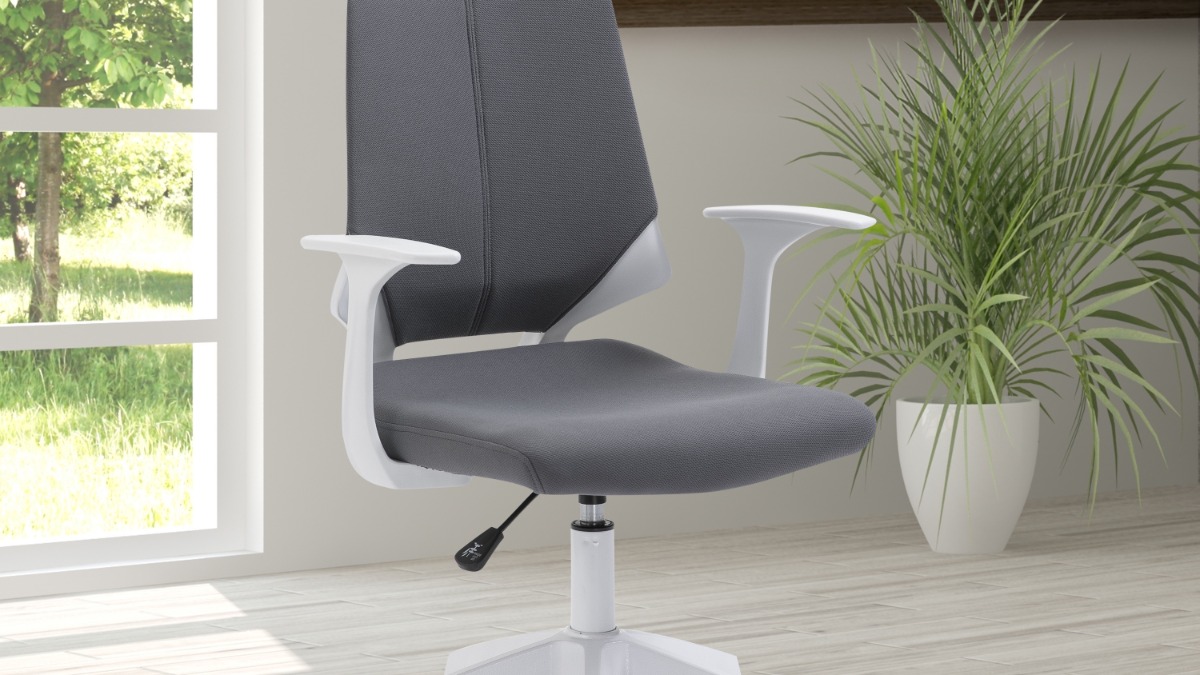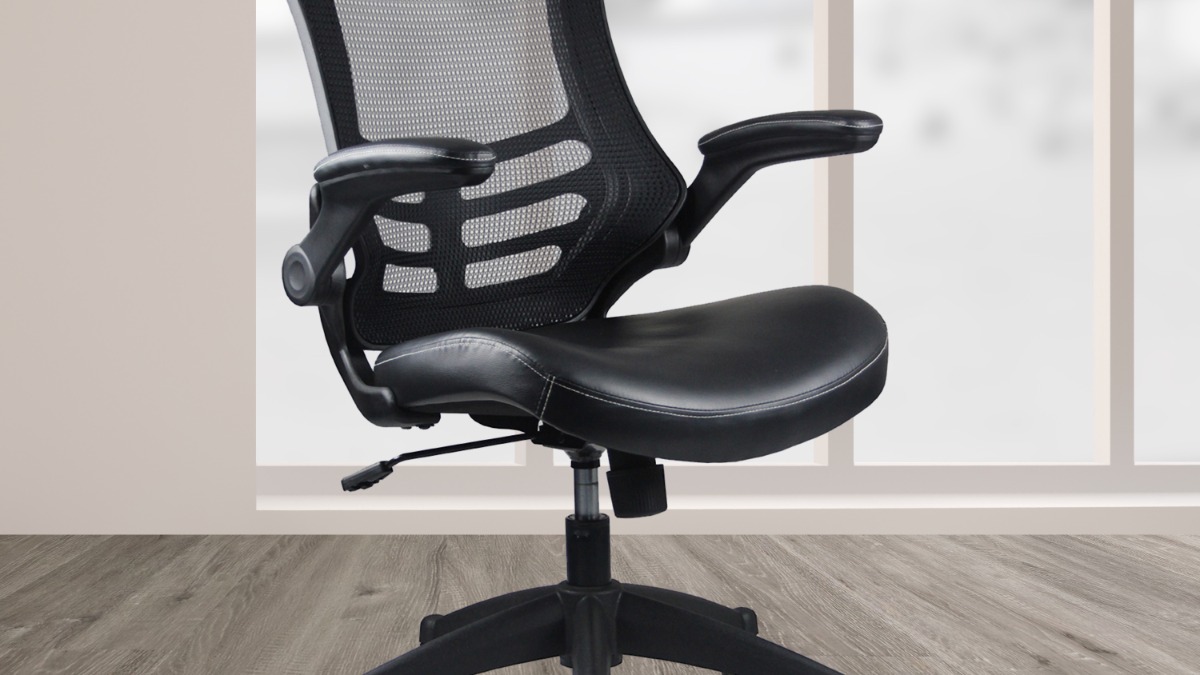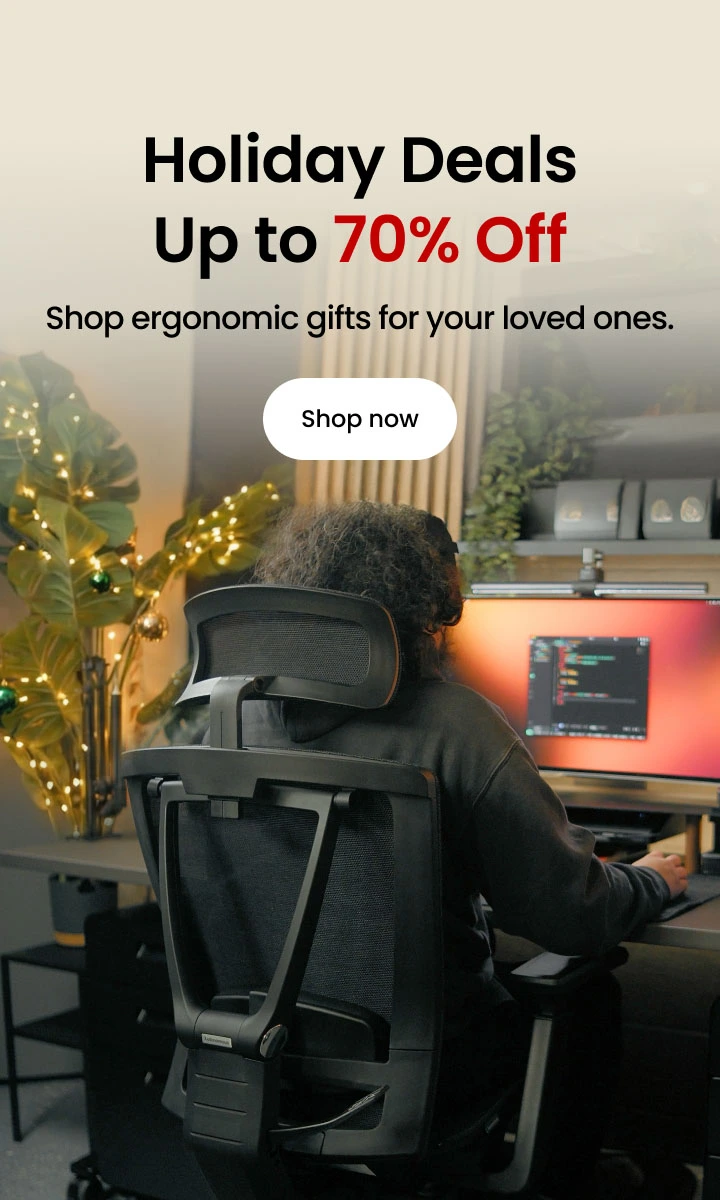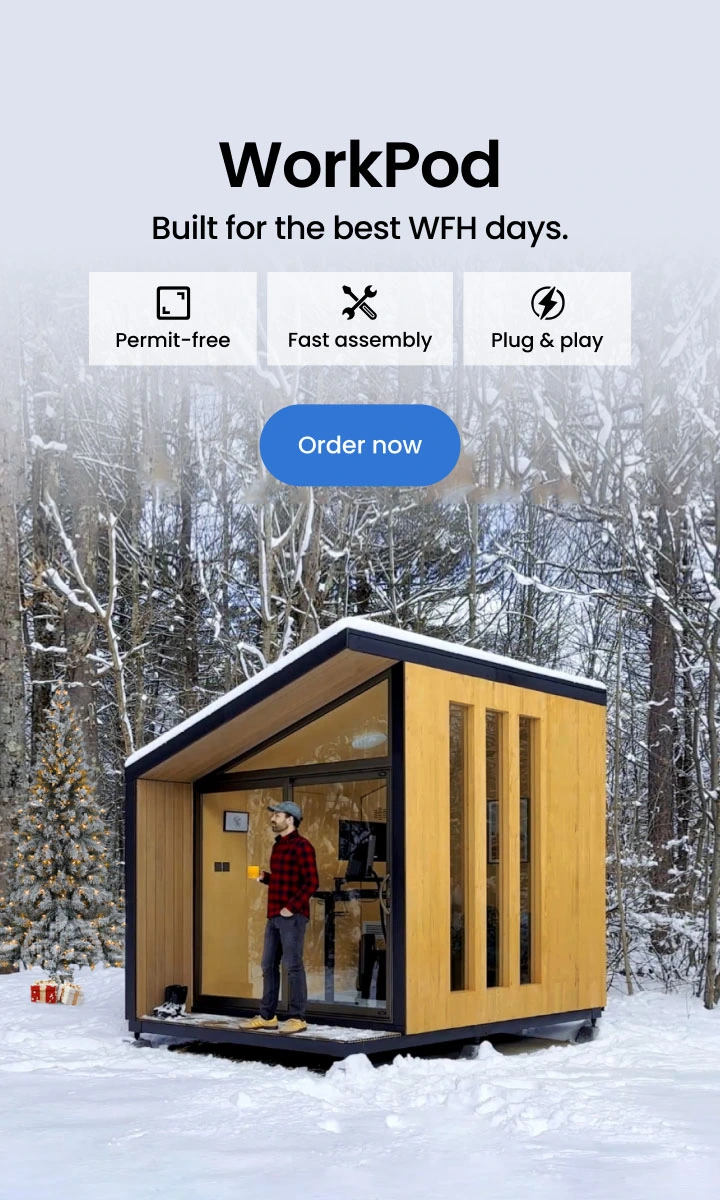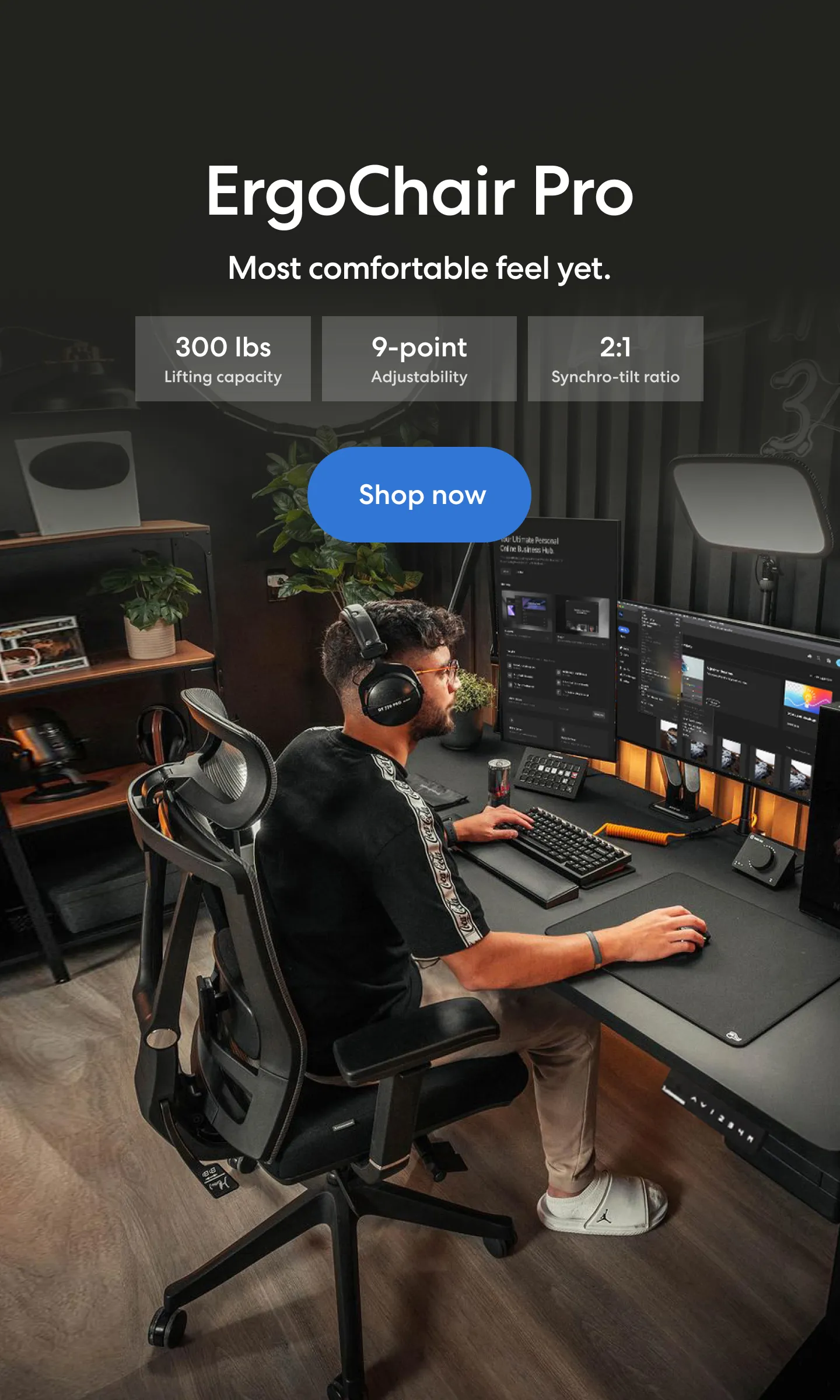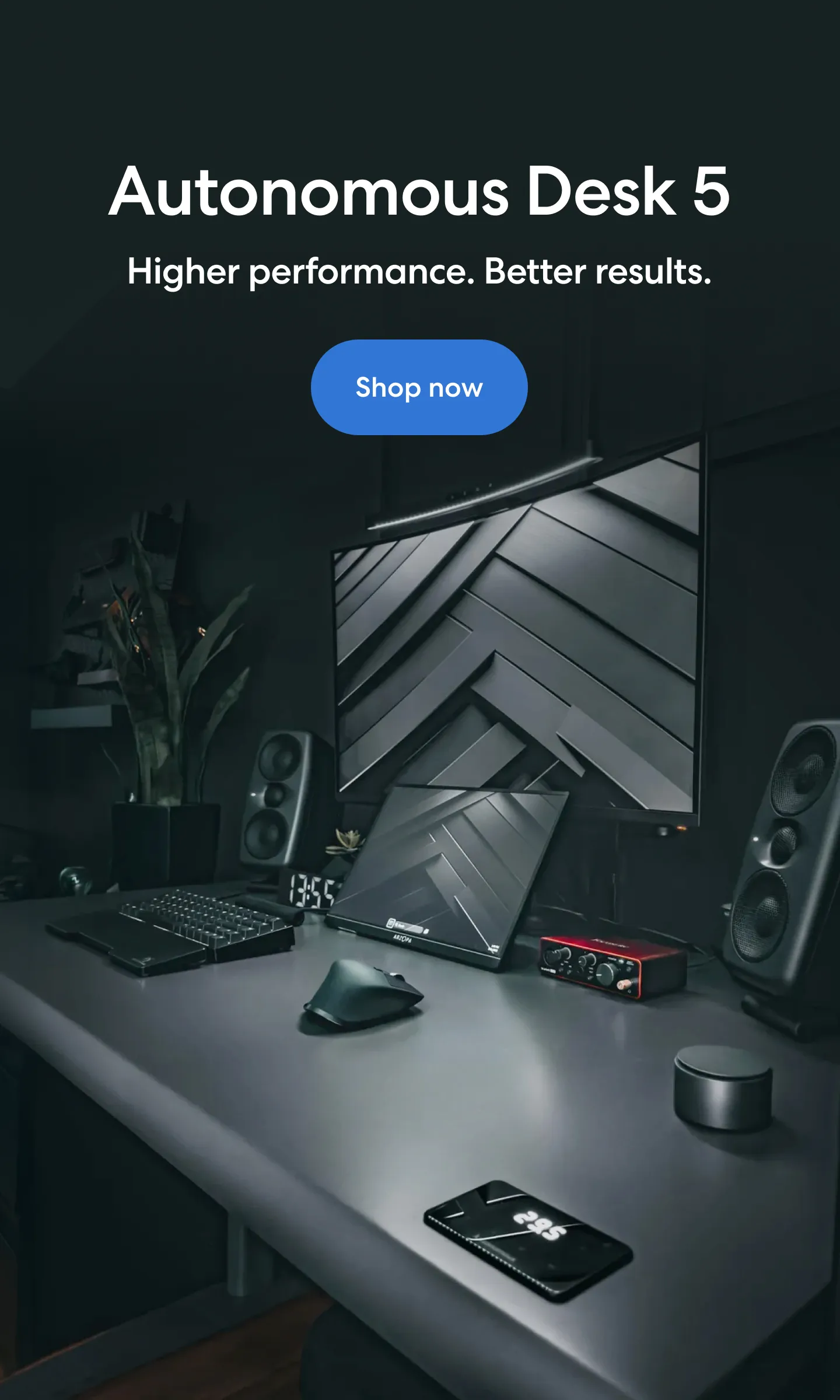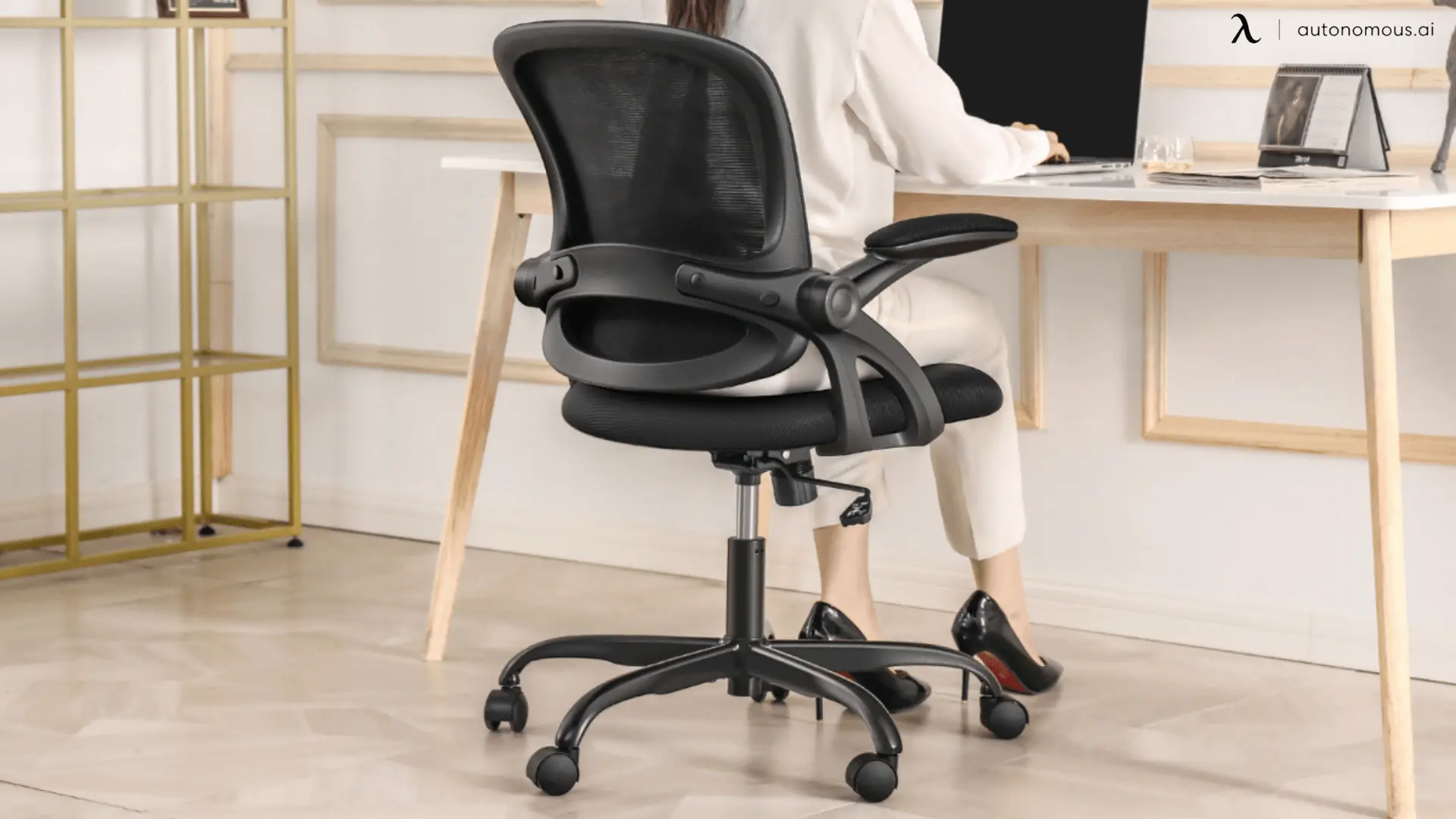
Best Low Back Office Chairs with Arms for Comfort & Support
Table of Contents
A low back office chair with arms is a smart, space-saving solution for modern workspaces. It supports your lower spine while allowing your upper body to move freely — ideal if you don’t need full neck or headrest coverage. Whether you're outfitting a compact home office, collaborative workspace, or shared desk, this type of chair offers a balance between ergonomic support and visual simplicity.
From promoting better posture to enhancing comfort without the bulk of a high-back design, these chairs are well-suited for efficient, minimalist setups. For added back support, pairing one with an ergonomic chair for back pain or selecting an office chair for lower back pain may be worth considering depending on your seating needs.
The 3 Best Low Back Office Chairs with Arms
As someone who’s spent years testing office chairs for comfort, support, and design, I know the subtle differences that can turn an average workday into a more productive, pain-free experience. Low back office chairs with arms are often underrated — but when you find the right one, it can strike the perfect balance between support and mobility.
Here are three chairs I’ve tested that stand out for their functionality, comfort, and smart design.
1. Techni Mobili Height Adjustable Mid Back Office Chair
This chair surprised me in the best way. I tried it in a smaller home office where space and style were equally important, and it checked both boxes. The standout feature is the removable backrest fabric cover, which gives you two different visual options — a clean white frame look or a fabric-covered aesthetic to match the seat cushion. It's a nice touch if you like to switch things up without buying a new chair.
The seat height adjusts smoothly, and the 360-degree swivel base with smooth-rolling casters made it easy to pivot between my desk and nearby storage. While it doesn’t have complex ergonomic adjustability, the shape of the backrest gave enough lower back support for focused work sessions.
What I liked:
- Lightweight and easy to move
- Clean, modern design with interchangeable backrest style
- Smooth swivel and roll
Ideal for: Minimalist or transitional workspaces where visual design matters as much as function.
- Dimensions: 25.5''L x 24''W x 35.5–39.5''H
- Weight: 20 lbs
2. Techni Mobili Stylish Mid-Back Mesh Office Chair with Adjustable Arms
If breathability and flexibility are your priority, this mesh-back version is one of the better options I’ve sat in. The flip-up padded arms are especially useful in tighter desk setups — I was able to slide the chair under both my standard and standing desk without hassle.
The mesh back keeps you cool through long stretches of work, and while the TechniFlex seat material isn’t ultra-plush, it provides firm support that encourages better posture. The tilt tension control also let me dial in the recline just enough for active sitting.
What stood out to me:
- Padded arms that flip up and out of the way
- Breathable mesh back perfect for warm or humid environments
- Clean modern lines that don’t look bulky
Best for: Compact home offices or shared workspaces where flexibility is key.
3. Trio Supply House Mid-Back Mesh Office Chair (Black, Multi-position)
This one feels like a workhorse — simple, sturdy, and surprisingly comfortable. The BIFMA certification tells you it’s built for both commercial and home use, and after using it for several weeks, I can vouch for its reliability.
The curved backrest and grooved armrests gave me a naturally upright posture, and the thick cushioned seat made longer sessions more bearable than I expected from a chair at this price point. The tilt-back mechanism works well for occasional reclining, and the casters roll smoothly over low-pile carpet.
This model reminded me how effective a well-shaped low back office chair with lumbar support can be, even without all the extras.
Why I recommend it:
- Strong back support for a low-back chair
- Ergonomic shape helps maintain posture without forcing it
- Certified for professional environments, which says a lot about its durability
Best suited for: Everyday task seating where posture and durability matter more than flashy features.
I’ve worked with dozens of ergonomic chairs, and while high-end models offer full back and neck coverage, these low-back options with arms deliver surprising value when used in the right setting. Whether you're building a compact home office or outfitting a shared workspace, each of these chairs has something unique to offer — from flexibility and breathability to visual appeal and ergonomic support.
Pros and Cons of a Low Back Office Chair with Arms
Pros | Cons |
Supports the lower spine and encourages proper lumbar alignment | Doesn’t provide upper back, neck, or head support |
Armrests help reduce shoulder and arm fatigue during long tasks | Not ideal for all-day use without breaks |
Compact and space-saving design fits smaller or minimalist setups | May not suit users with chronic upper back or neck pain |
Allows for better mobility and range of motion in collaborative spaces | Less cushioning and ergonomic coverage than mid or high-back chairs |
Often lighter and easier to move than larger chairs | Style may not suit executive or formal office environments |
Who Should Use a Low Back Office Chair?
Low back chairs aren’t one-size-fits-all — but for the right person, they’re an ideal choice. Here’s who they’re best suited for:
- Task-based workers who spend a few hours at a time seated
- Students or part-time remote workers in need of a compact, supportive seat
- Shared office users who rotate seating
- People with active sit-stand routines who don't stay seated all day
- Anyone who prefers an open, unrestrictive feel while working
If you’re dealing with stiffness or occasional discomfort, incorporating stretches to release lower back tightness or ease lower left back pain or lower right back pain can also help complement your seating choice and reduce daily strain.
Key Features to Look For
Not all low back chairs are built the same. The right features can make a big difference in comfort, posture, and day-to-day usability. Here’s what to look for when choosing a chair that supports both your health and workflow:
Ergonomic Lumbar Support
Even without full spine coverage, a quality low back chair should include either structured or adjustable lumbar support. This helps reduce slouching and encourages a more upright sitting position. Understanding where lumbar support should be — typically in the lower back area, just above the pelvis — is key to maximizing comfort.
Adjustable Armrests
Flip-up or height-adjustable armrests allow the chair to better align with different desk styles or user preferences. They also provide critical relief for shoulders and forearms during repetitive tasks.
Seat Height and Tilt Adjustability
Seat height should allow your feet to rest flat on the floor with knees at a 90-degree angle — a guideline explained in the ideal office chair height article. A tilt or recline function helps relieve pressure on your spine. Some people also benefit from a forward tilt office chair, which encourages an active, forward-leaning posture.
Breathable Materials
Chairs with mesh or fabric backs improve airflow and reduce heat buildup during long work sessions. If you’re considering upholstery, explore different types of chair seat materials and see how a mesh chair compares for breathability and flexibility.
Caster Base and Swivel Function
Mobility is important for multitasking and dynamic work. A swivel desk chair with smooth casters lets you reach different areas of your workspace without straining or getting up.
Design Compatibility
The visual impact matters too — whether you're creating a minimalist, modern office or a cozy home setup. Some models balance design and support, including options like an office chair for lower back pain under $300, an affordable office chair for lower back pain, or even the best chair for lower back pain at home for elderly.
Low Back vs High Back vs Mid Back: What’s the Difference?
Chair Type | Spine Coverage | Best For |
Low Back | Supports the lumbar and lower thoracic spine only. Offers freedom of movement for the upper back and shoulders. | Best suited for task work, shorter sitting periods, collaborative spaces, compact desks, and minimalist setups. Ideal for users who prefer a lightweight chair or who alternate between sitting and standing. |
Mid Back | Extends support from the lumbar region to the upper back, typically reaching just below the shoulders. | Great for general office use, 6–8 hour workdays, or people who want back support without the bulk of a high-back chair. Works well in most corporate or home office environments. |
High Back | Provides full back coverage including the lumbar spine, upper back, shoulders, neck, and sometimes the head. | Designed for extended sitting, executive offices, or users with chronic back and neck issues. Offers maximum support and comfort for long-duration work or meetings. |
If your work demands long hours in front of a screen, a mid or high back chair may suit you better, depending on how much upper back and neck support you need — especially when comparing the two in detail, as in the mid back vs high back chair breakdown. But for mobile work styles, shorter sessions, or lighter tasks, a low back office chair with arms is often the right call. Pairing it with proper posture habits and knowing how to sit with lower back pain can make it even more effective for day-to-day comfort.
FAQs
Is a low back chair good for posture?
Yes — when designed with ergonomic lumbar support, it helps promote upright sitting without forcing the upper body into a fixed position.
Can you use a low back chair all day?
It depends on your working style. For light-to-moderate tasks with breaks, yes. For long sessions, look for added cushioning and adjustability, or consider a mid-back alternative.
What’s better: fixed or adjustable arms?
Adjustable arms offer more customization and comfort, especially if you switch between tasks or desks.
Is a low back office chair OK for working from home?
Absolutely. Many low back models are great for home offices — especially if you prefer a smaller chair or alternate between sitting and standing.
Conclusion
A low back office chair with arms offers essential lumbar support, upper-body relief, and a compact footprint — ideal for workspaces that don’t require a full-sized, high-back seat. Whether you work from home, rotate desks in a shared office, or just prefer a more open, lightweight chair, this style can help you stay comfortable and productive without unnecessary bulk.
Once you understand what features matter most, choosing the right chair becomes much easier — and your back will thank you for the upgrade. Pairing your seating with daily movement, such as the single best exercise for lower back pain, and adjusting daily habits like how to get out of bed with lower back pain can further support a healthier posture and a pain-free workday.
Spread the word
.svg)

